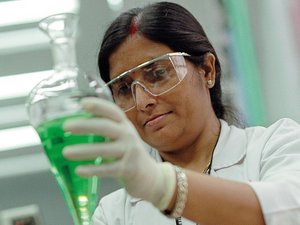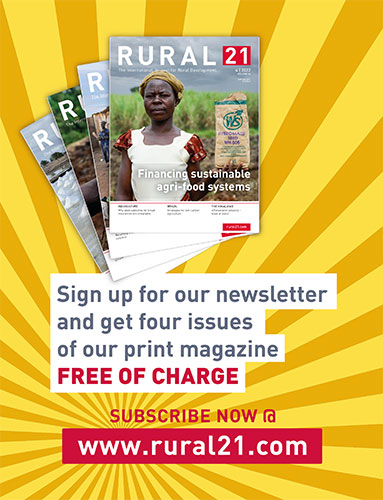Bioeconomy

Bicycle frames made of bamboo, kerosene made from algae, trainer soles out of rice husks – there seem to be an infinite number of ideas when it comes to replacing fossil, finite raw materials with renewable, seemingly infinite resources. The proponents of the economic approach summarised as the bioeconomy are not only focusing on using renewable raw materials. Rather, they regard their concept of “biologising the economy” as an opportunity to redesign the global system of production and consumption in a manner guaranteeing a secure sustainable base in every respect. This would be a gain for all – human beings and the environment, business and consumers, North and South. It indeed seems an ambitious project. But can the promises made in the context of the bioeconomy really be kept and, above all, what conditions have to be fulfilled?
- Namibia’s bush business(2020)
- Bioeconomy and sustainable development – dimensions(2014)
- Bioeconomy strategies across the globe(2014)
- Research: Global co-operation for locally optimised solutions(2014)
- The value web approach – so that the South can also benefit from the bioeconomy(2014)
- Tailoring the bioeconomy to food security(2014)
- “To make the change happen, the key is to work together in partnerships”(2014)
- More than just mediators(2014)
- Global Bioenergy Partnership: working together for sustainable developement(2014)
- Increasing resource efficiency by cascading use of biomass(2014)
- Cassava – how to explore the “all-sufficient”(2014)
- Is Africa “ready” for an integrated bioeconomy approach?(2014)
- Bioeconomy – A dead end(2014)
- Mr Issoufou and the fight against hunger(2014)



